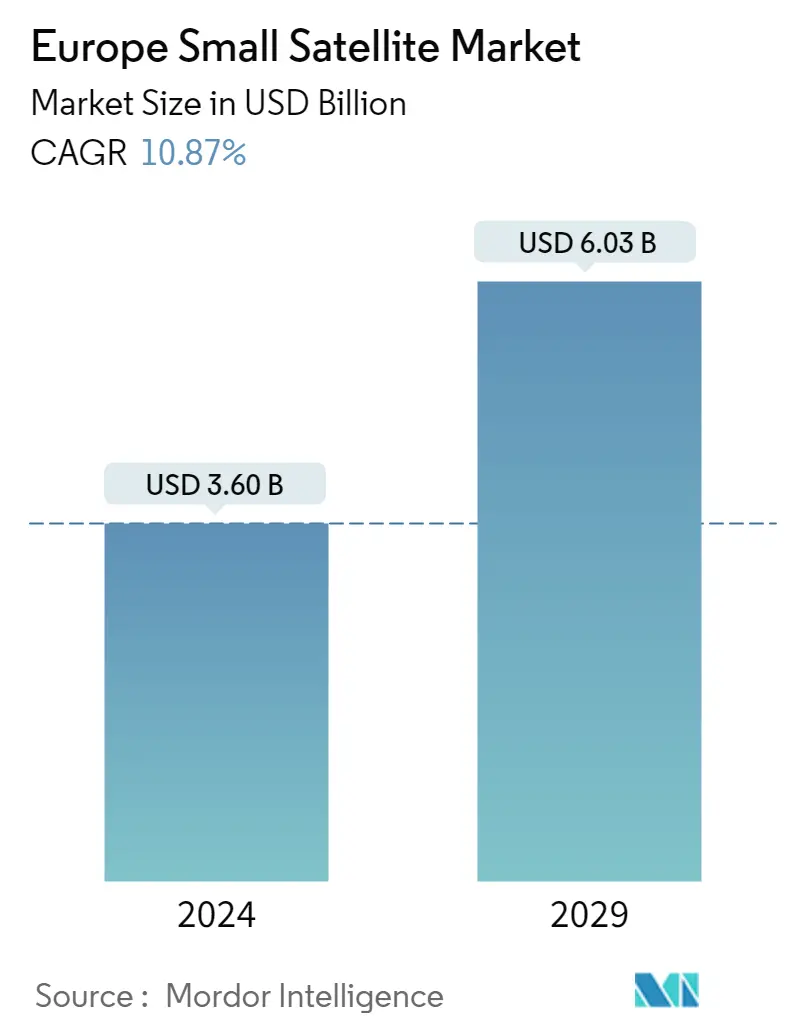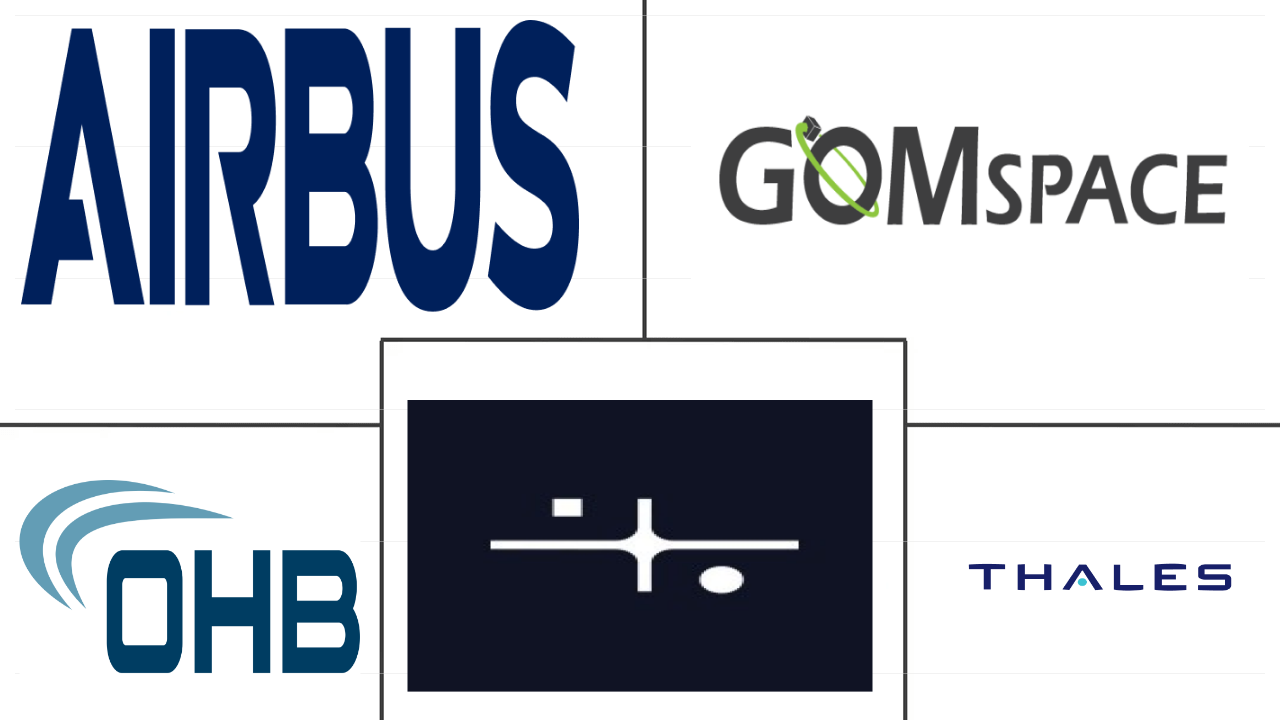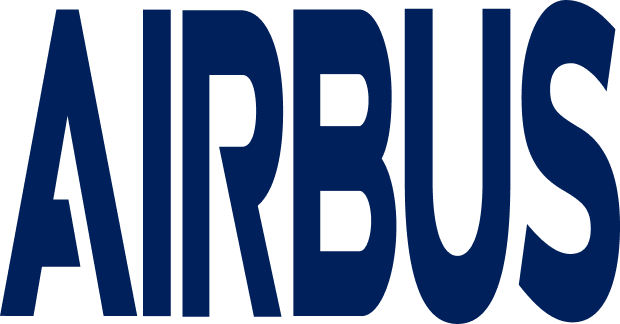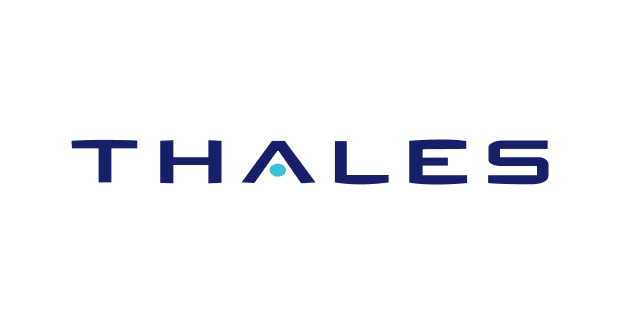Europe Small Satellite Market Size

| Icons | Lable | Value |
|---|---|---|
|
|
Study Period | 2017 - 2029 |
|
|
Market Size (2024) | USD 3.60 Billion |
|
|
Market Size (2029) | USD 6.03 Billion |
|
|
Largest Share by Orbit Class | LEO |
|
|
CAGR (2024 - 2029) | 10.87 % |
|
|
Largest Share by Country | United Kingdom |
Major Players |
||

|
||
|
*Disclaimer: Major Players sorted in alphabetical order. |
Europe Small Satellite Market Analysis
The Europe Small Satellite Market size is estimated at USD 3.60 billion in 2024, and is expected to reach USD 6.03 billion by 2029, growing at a CAGR of 10.87% during the forecast period (2024-2029).
3.60 Billion
Market Size in 2024 (USD)
6.03 Billion
Market Size in 2029 (USD)
86.15 %
CAGR (2017-2023)
10.87 %
CAGR (2024-2029)
Largest Market by Satellite Subsystem
25 %
value share, Structures, Harness & Mechanisms, Harness & Mechanisms
The demand for these propulsion systems is driven by the launch of mass satellite constellations into space. They are used for transferring the spacecraft into orbit.
Largest Market by Application
95.62 %
value share, Communication, 2022
Governments, space agencies, defense agencies, private defense contractors, and private space industry players are emphasizing the enhancement of the communication network capabilities for various public and military reconnaissance applications.
Largest Market by Orbit Class
99.74 %
value share, LEO, 2022
LEO satellites are increasingly being adopted in modern communication technologies as they play an important role in Earth observation applications.
Leading Market Player
96.97 %
market share, Airbus SE, 2022

Airbus is the leading player in the European small satellite manufacturing market, with a robust distribution channel. Airbus has six major manufacturing sites in the region that help consolidate its market share.
Second Leading Market Player
2.36 %
market share, Thales, 2022

Thales is the second-leading player in the market. In Europe, the company has sales offices and customer centers in more than 15 countries. It has supplied 237 small satellites in the region.
LEO satellites occupies a major market share of 98.8% in 2029
- Small satellites have revolutionized the space industry in recent years as they have enabled low-cost access to space for a wide range of applications, from scientific research to commercial and military applications. To fully realize the potential of small satellites, it is essential to understand the different types of orbits they can be launched into.
- For instance, LEO is the most common orbit for small satellites, as it provides a number of advantages, such as providing a low-latency communication link with the ground and making it ideal for applications that require real-time data transmissions, including telecommunication, remote sensing, or Earth observation. In the region, during 2017-2022, a total of 504 satellites were launched into LEO. Of these 531 satellites, nearly 443 satellites were launched for communication purposes.
- On the other hand, GEO is used primarily for communication and broadcast applications, as satellites in GEO orbit appear stationary from the ground. This allows continuous coverage of a specific area, such as a continent or ocean region. In Europe, companies such as Intelsat have launched a constellation of small satellites to provide telecommunication services to their customers.
- MEO is a less frequently used orbit for small satellites. It offers some unique advantages as the higher altitude of MEO facilitates a larger coverage area compared to LEO, which is important for applications like technology demonstration and navigation/GPS that require global coverage. These advancements are projected to result in a 88% growth rate for this segment by 2029, surpassing the figures in 2023.
Europe Small Satellite Market Trends
The trend for better fuel and operational efficiency are expected to be major drivers
- The classification of spacecraft by mass is one of the main metrics for determining the size of the launch vehicle and the cost of launching satellites into orbit. The success of a satellite mission depends heavily on the accuracy of its pre-flight mass measurement and the proper balance of the satellite to generate mass within limits.
- Satellites are classified according to their mass. Satellites with a mass of less than 500 kg are considered small satellites. About 460 small satellites were launched in this region during 2017-2022. There is a growing trend toward smaller satellites in the region due to their shorter development times, which can reduce overall mission costs. They have made it possible to significantly reduce the time required to obtain scientific and technological results. Small spacecraft missions tend to be flexible and thus can better respond to new technological opportunities or needs. The small satellite market in Europe is supported by the presence of a robust framework for the design and manufacture of small satellites tailored to serve specific application profiles. The number of operations in Europe is expected to increase between 2023 and 2029, driven by growing demand in commercial and military space sectors.
Increasing space expenditures of different space agencies are expected to positively impact the European small satellite market
- The European small satellite market has grown rapidly in recent years due to technological advancements, increased investment, and growing demand for small satellite services. Nano and microsatellites are smaller and more cost-effective than traditional satellites, making them more accessible to a wide range of organizations and businesses.
- For instance, in December 2020, IABG and BMWi signed a EUR 230 million contract to create satellites with high-resolution cameras, image sensors, and image converters. The new technology began mass production in Munich by the end of 2022 and will be used to install satellites needed for mapping and navigation around the world. Germany is also gradually developing its satellite observation capabilities. New observation satellite technologies were launched into orbit in a significant effort to reduce the environmental impact across the nation.
- The UK Space Agency announced that it would be funding EUR 6.5 million to support 18 projects to boost the UK space sector. The funding will stimulate growth in the UK space sector by supporting high-impact, locally-led schemes and space cluster development managers. The 18 projects are expected to pioneer a range of innovative space technologies to combat various local issues, such as utilizing Earth observation (EO) data to enhance public services. In November 2022, the Government of Spain announced that it would allocate EUR 1.5 billion to the ESA over the next five years, thereby reinforcing Spain’s leadership in space. The spending on space programs is anticipated to grow in the forecast period.
OTHER KEY INDUSTRY TRENDS COVERED IN THE REPORT
- The trend for better fuel and operational efficiency are expected to be major drivers
Europe Small Satellite Industry Overview
The Europe Small Satellite Market is fairly consolidated, with the top five companies occupying 99.59%. The major players in this market are Airbus SE, GomSpaceApS, OHB SE, SatRev and Thales (sorted alphabetically).
Europe Small Satellite Market Leaders
Airbus SE
GomSpaceApS
OHB SE
SatRev
Thales
Other important companies include Alba Orbital, Astrocast, FOSSA Systems, Information Satellite Systems Reshetnev.
*Disclaimer: Major Players sorted in alphabetical order.
Europe Small Satellite Market News
- June 2022: Falcon 9 launched Globalstar FM15 to low-Earth orbit from Space Launch Complex 40 (SLC-40) at Cape Canaveral Space Force Station in Florida.
- January 2022: SatRevolution launched two satellites STORK 3 and SteamSat 2. STORK 3 is an Earth-imaging nanosatellite.
- November 2021: FOSSA Systems partners with ienai SPACE for the use of electric thrusters in picosatellites.
Free with this Report
We offer a comprehensive set of global and local metrics that illustrate the fundamentals of the satellites industry. Clients can access in-depth market analysis of various satellites and launch vehicles through granular level segmental information supported by a repository of market data, trends, and expert analysis. Data and analysis on satellite launches, satellite mass, application of satellites, spending on space programs, propulsion systems, end users, etc., are available in the form of comprehensive reports as well as excel based data worksheets.
Europe Small Satellite Market Report - Table of Contents
EXECUTIVE SUMMARY & KEY FINDINGS
REPORT OFFERS
1. INTRODUCTION
1.1. Study Assumptions & Market Definition
1.2. Scope of the Study
1.3. Research Methodology
2. KEY INDUSTRY TRENDS
2.1. Satellite Mass
2.2. Spending On Space Programs
2.3. Regulatory Framework
2.3.1. France
2.3.2. Germany
2.3.3. Russia
2.3.4. United Kingdom
2.4. Value Chain & Distribution Channel Analysis
3. MARKET SEGMENTATION (includes market size in Value in USD, Forecasts up to 2029 and analysis of growth prospects)
3.1. Application
3.1.1. Communication
3.1.2. Earth Observation
3.1.3. Navigation
3.1.4. Space Observation
3.1.5. Others
3.2. Orbit Class
3.2.1. GEO
3.2.2. LEO
3.2.3. MEO
3.3. End User
3.3.1. Commercial
3.3.2. Military & Government
3.3.3. Other
3.4. Propulsion Tech
3.4.1. Electric
3.4.2. Gas based
3.4.3. Liquid Fuel
4. COMPETITIVE LANDSCAPE
4.1. Key Strategic Moves
4.2. Market Share Analysis
4.3. Company Landscape
4.4. Company Profiles (includes Global Level Overview, Market Level Overview, Core Business Segments, Financials, Headcount, Key Information, Market Rank, Market Share, Products and Services, and Analysis of Recent Developments).
4.4.1. Airbus SE
4.4.2. Alba Orbital
4.4.3. Astrocast
4.4.4. FOSSA Systems
4.4.5. GomSpaceApS
4.4.6. Information Satellite Systems Reshetnev
4.4.7. OHB SE
4.4.8. SatRev
4.4.9. Thales
5. KEY STRATEGIC QUESTIONS FOR SATELLITE CEOS
6. APPENDIX
6.1. Global Overview
6.1.1. Overview
6.1.2. Porter's Five Forces Framework
6.1.3. Global Value Chain Analysis
6.1.4. Market Dynamics (DROs)
6.2. Sources & References
6.3. List of Tables & Figures
6.4. Primary Insights
6.5. Data Pack
6.6. Glossary of Terms
List of Tables & Figures
- Figure 1:
- SATELLITE MASS (ABOVE 10KG) BY REGION, NUMBER OF SATELLITES LAUNCHED, EUROPE, 2017 - 2022
- Figure 2:
- SPENDING ON SPACE PROGRAMS BY REGION, USD, EUROPE, 2017 - 2022
- Figure 3:
- EUROPE SMALL SATELLITE MARKET, VALUE, USD, 2017 - 2029
- Figure 4:
- VALUE OF SMALL SATELLITE MARKET BY APPLICATION, USD, EUROPE, 2017 - 2029
- Figure 5:
- VALUE SHARE OF SMALL SATELLITE MARKET BY APPLICATION, %, EUROPE, 2017 VS 2023 VS 2029
- Figure 6:
- VALUE OF COMMUNICATION MARKET, USD, EUROPE, 2017 - 2029
- Figure 7:
- VALUE OF EARTH OBSERVATION MARKET, USD, EUROPE, 2017 - 2029
- Figure 8:
- VALUE OF NAVIGATION MARKET, USD, EUROPE, 2017 - 2029
- Figure 9:
- VALUE OF SPACE OBSERVATION MARKET, USD, EUROPE, 2017 - 2029
- Figure 10:
- VALUE OF OTHERS MARKET, USD, EUROPE, 2017 - 2029
- Figure 11:
- VALUE OF SMALL SATELLITE MARKET BY ORBIT CLASS, USD, EUROPE, 2017 - 2029
- Figure 12:
- VALUE SHARE OF SMALL SATELLITE MARKET BY ORBIT CLASS, %, EUROPE, 2017 VS 2023 VS 2029
- Figure 13:
- VALUE OF GEO MARKET, USD, EUROPE, 2017 - 2029
- Figure 14:
- VALUE OF LEO MARKET, USD, EUROPE, 2017 - 2029
- Figure 15:
- VALUE OF MEO MARKET, USD, EUROPE, 2017 - 2029
- Figure 16:
- VALUE OF SMALL SATELLITE MARKET BY END USER, USD, EUROPE, 2017 - 2029
- Figure 17:
- VALUE SHARE OF SMALL SATELLITE MARKET BY END USER, %, EUROPE, 2017 VS 2023 VS 2029
- Figure 18:
- VALUE OF COMMERCIAL MARKET, USD, EUROPE, 2017 - 2029
- Figure 19:
- VALUE OF MILITARY & GOVERNMENT MARKET, USD, EUROPE, 2017 - 2029
- Figure 20:
- VALUE OF OTHER MARKET, USD, EUROPE, 2017 - 2029
- Figure 21:
- VALUE OF SMALL SATELLITE MARKET BY PROPULSION TECH, USD, EUROPE, 2017 - 2029
- Figure 22:
- VALUE SHARE OF SMALL SATELLITE MARKET BY PROPULSION TECH, %, EUROPE, 2017 VS 2023 VS 2029
- Figure 23:
- VALUE OF ELECTRIC MARKET, USD, EUROPE, 2017 - 2029
- Figure 24:
- VALUE OF GAS BASED MARKET, USD, EUROPE, 2017 - 2029
- Figure 25:
- VALUE OF LIQUID FUEL MARKET, USD, EUROPE, 2017 - 2029
- Figure 26:
- NUMBER OF STRATEGIC MOVES OF MOST ACTIVE COMPANIES, EUROPE SMALL SATELLITE MARKET, EUROPE, 2017 - 2029
- Figure 27:
- TOTAL NUMBER OF STRATEGIC MOVES OF COMPANIES, EUROPE SMALL SATELLITE MARKET, EUROPE, 2017 - 2029
- Figure 28:
- MARKET SHARE OF EUROPE SMALL SATELLITE MARKET, %, EUROPE, 2022
Europe Small Satellite Industry Segmentation
Communication, Earth Observation, Navigation, Space Observation, Others are covered as segments by Application. GEO, LEO, MEO are covered as segments by Orbit Class. Commercial, Military & Government are covered as segments by End User. Electric, Gas based, Liquid Fuel are covered as segments by Propulsion Tech.
- Small satellites have revolutionized the space industry in recent years as they have enabled low-cost access to space for a wide range of applications, from scientific research to commercial and military applications. To fully realize the potential of small satellites, it is essential to understand the different types of orbits they can be launched into.
- For instance, LEO is the most common orbit for small satellites, as it provides a number of advantages, such as providing a low-latency communication link with the ground and making it ideal for applications that require real-time data transmissions, including telecommunication, remote sensing, or Earth observation. In the region, during 2017-2022, a total of 504 satellites were launched into LEO. Of these 531 satellites, nearly 443 satellites were launched for communication purposes.
- On the other hand, GEO is used primarily for communication and broadcast applications, as satellites in GEO orbit appear stationary from the ground. This allows continuous coverage of a specific area, such as a continent or ocean region. In Europe, companies such as Intelsat have launched a constellation of small satellites to provide telecommunication services to their customers.
- MEO is a less frequently used orbit for small satellites. It offers some unique advantages as the higher altitude of MEO facilitates a larger coverage area compared to LEO, which is important for applications like technology demonstration and navigation/GPS that require global coverage. These advancements are projected to result in a 88% growth rate for this segment by 2029, surpassing the figures in 2023.
| Application | |
| Communication | |
| Earth Observation | |
| Navigation | |
| Space Observation | |
| Others |
| Orbit Class | |
| GEO | |
| LEO | |
| MEO |
| End User | |
| Commercial | |
| Military & Government | |
| Other |
| Propulsion Tech | |
| Electric | |
| Gas based | |
| Liquid Fuel |
Market Definition
- Application - Various applications or purposes of the satellites are classified into communication, earth observation, space observation, navigation, and others. The purposes listed are those self-reported by the satellite’s operator.
- End User - The primary users or end users of the satellite is described as civil (academic, amateur), commercial, government (meteorological, scientific, etc.), military. Satellites can be multi-use, for both commercial and military applications.
- Launch Vehicle MTOW - The launch vehicle MTOW (maximum take-off weight) means the maximum weight of the launch vehicle during take-off, including the weight of payload, equipment and fuel.
- Orbit Class - The satellite orbits are divided into three broad classes namely GEO, LEO, and MEO. Satellites in elliptical orbits have apogees and perigees that differ significantly from each other and categorized satellite orbits with eccentricity 0.14 and higher as elliptical.
- Propulsion tech - Under this segment, different types of satellite propulsion systems have been classified as electric, liquid-fuel and gas-based propulsion systems.
- Satellite Mass - Under this segment, different types of satellite propulsion systems have been classified as electric, liquid-fuel and gas-based propulsion systems.
- Satellite Subsystem - All the components and subsystems which includes propellants, buses, solar panels, other hardware of satellites are included under this segment.
| Keyword | Definition |
|---|---|
| Attitude Control | The orientation of the satellite relative to the Earth and the sun. |
| INTELSAT | The International Telecommunications Satellite Organization operates a network of satellites for international transmission. |
| Geostationary Earth Orbit (GEO) | Geostationary satellites in Earth orbit 35,786 km (22,282 mi) above the equator in the same direction and at the same speed as the earth rotates on its axis, making them appear fixed in the sky. |
| Low Earth Orbit (LEO) | Low Earth Orbit satellites orbit from 160-2000km above the earth, take approximately 1.5 hours for a full orbit and only cover a portion of the earth’s surface. |
| Medium Earth Orbit (MEO) | MEO satellites are located above LEO and below GEO satellites and typically travel in an elliptical orbit over the North and South Pole or in an equatorial orbit. |
| Very Small Aperture Terminal (VSAT) | Very Small Aperture Terminal is an antenna that is typically less than 3 meters in diameter |
| CubeSat | CubeSat is a class of miniature satellites based on a form factor consisting of 10 cm cubes. CubeSats weigh no more than 2 kg per unit and typically use commercially available components for their construction and electronics. |
| Small Satellite Launch Vehicles (SSLVs) | Small Satellite Launch Vehicle (SSLV) is a three-stage Launch Vehicle configured with three Solid Propulsion Stages and a liquid propulsion-based Velocity Trimming Module (VTM) as a terminal stage |
| Space Mining | Asteroid mining is the hypothesis of extracting material from asteroids and other asteroids, including near-Earth objects. |
| Nano Satellites | Nanosatellites are loosely defined as any satellite weighing less than 10 kilograms. |
| Automatic Identification System (AIS) | Automatic identification system (AIS) is an automatic tracking system used to identify and locate ships by exchanging electronic data with other nearby ships, AIS base stations, and satellites. Satellite AIS (S-AIS) is the term used to describe when a satellite is used to detect AIS signatures. |
| Reusable launch vehicles (RLVs) | Reusable launch vehicle (RLV) means a launch vehicle that is designed to return to Earth substantially intact and therefore may be launched more than one time or that contains vehicle stages that may be recovered by a launch operator for future use in the operation of a substantially similar launch vehicle. |
| Apogee | The point in an elliptical satellite orbit which is farthest from the surface of the earth. Geosynchronous satellites which maintain circular orbits around the earth are first launched into highly elliptical orbits with apogees of 22,237 miles. |
Research Methodology
Mordor Intelligence follows a four-step methodology in all our reports.
- Step-1: Identify Key Variables: In order to build a robust forecasting methodology, the variables and factors identified in Step-1 are tested against available historical market numbers. Through an iterative process, the variables required for market forecast are set and the model is built on the basis of these variables.
- Step-2: Build a Market Model: Market-size estimations for the historical and forecast years have been provided in revenue and volume terms. For sales conversion to volume, the average selling price (ASP) is kept constant throughout the forecast period for each country, and inflation is not a part of the pricing.
- Step-3: Validate and Finalize: In this important step, all market numbers, variables and analyst calls are validated through an extensive network of primary research experts from the market studied. The respondents are selected across levels and functions to generate a holistic picture of the market studied.
- Step-4: Research Outputs: Syndicated Reports, Custom Consulting Assignments, Databases & Subscription Platforms.





